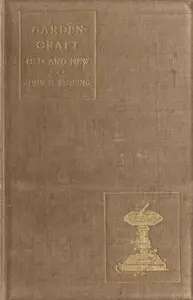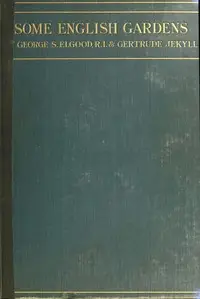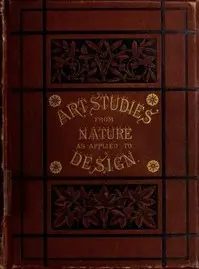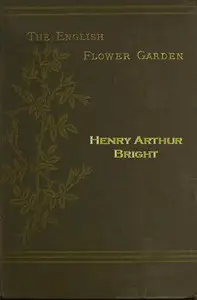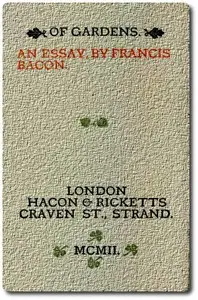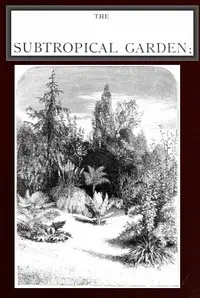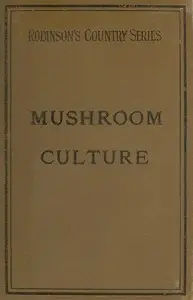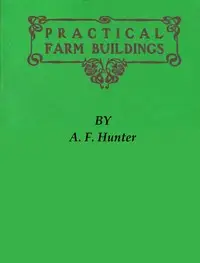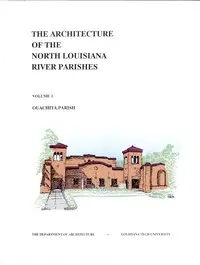"Garden Design and Architects' Gardens" by W. Robinson is a late 19th-century critique urging a return to natural garden design. The book argues against the formal, architect-driven styles that impose artificial order on landscapes. The author champions the English garden aesthetic, advocating for designs that harmonize with nature rather than clash with it, illustrating the importance of local flora and the surrounding environment. By examining examples of British gardens, the author challenges the practice of clipping and aligning trees for architectural conformity, condemning it as destructive to true beauty. The writing passionately asserts that gardens should extend from their natural settings, showcasing spontaneous growth and natural forms above symmetric, human-imposed designs and serving as a guide for cultivating an appreciation for the artistic potential of gardens.

Garden Design and Architects' Gardens Two reviews, illustrated, to show, by actual examples from British gardens, that clipping and aligning trees to make them 'harmonise' with architecture is barbarous, needless, and inartistic
By W. (William) Robinson
Witness a fierce battle for gardens between natural beauty and rigid, artificial designs.
Summary
About the AuthorWilliam Robinson: was an Irish practical gardener and journalist whose ideas about wild gardening spurred the movement that led to the popularising of the English cottage garden, a parallel to the search for honest simplicity and vernacular style of the British Arts and Crafts movement, and were important in promoting the woodland garden. Robinson is credited as an early practitioner of the mixed herbaceous border of hardy perennial plants, a champion too of the "wild garden", who vanquished the high Victorian pattern garden of planted-out bedding schemes. Robinson's new approach to gardening gained popularity through his magazines and several books—particularly The Wild Garden, illustrated by Alfred Parsons, and The English Flower Garden.
William Robinson: was an Irish practical gardener and journalist whose ideas about wild gardening spurred the movement that led to the popularising of the English cottage garden, a parallel to the search for honest simplicity and vernacular style of the British Arts and Crafts movement, and were important in promoting the woodland garden. Robinson is credited as an early practitioner of the mixed herbaceous border of hardy perennial plants, a champion too of the "wild garden", who vanquished the high Victorian pattern garden of planted-out bedding schemes. Robinson's new approach to gardening gained popularity through his magazines and several books—particularly The Wild Garden, illustrated by Alfred Parsons, and The English Flower Garden.


